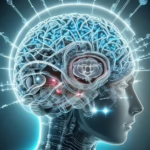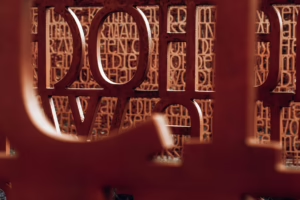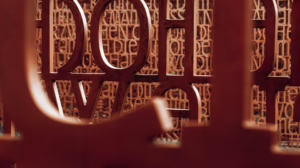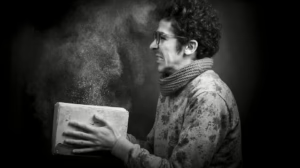Exploring the Role of Embryomorphemes in Gheg: A Linguistic Deep Dive
Introduction
Linguistics, with its vast expanse of intricacies, often invites exploration into the minutiae of language structure and components. One fascinating aspect is the concept of embryomorphemes, a term that emerges from the intersection of morphology and developmental linguistics. In this article, we will delve into the role of embryomorphemes within the Gheg dialect of the Albanian language, shedding light on how this intriguing linguistic phenomenon influences its morphology and syntax.
Understanding Gheg
Gheg is one of the two primary dialects of the Albanian language, the other being Tosk. Predominantly spoken in northern Albania and parts of Kosovo and Montenegro, Gheg is characterized by several phonetic and grammatical features distinct from Tosk. Understanding Gheg requires not only a grasp of its vocabulary and syntax but also an appreciation of its rich morphological structure.
What are Embryomorphemes?
Embryomorphemes refer to the foundational morphological units that exist beneath the surface of fully formed words. These are the building blocks of language, akin to the embryonic stages of development in biology. Analyzing embryomorphemes enables linguists to trace patterns of word formation and underlying semantic relationships that provide insight into the rules governing a language.
In Gheg, these morphemes are significant because they illuminate the dialect’s unique grammatical constructs, especially regarding verb conjugation, noun inflection, and the formation of complex words.
The Role of Embryomorphemes in Gheg Morphology
1. Verb Conjugation
Gheg displays a complex system of verb conjugation, reflecting aspects of tense, mood, and aspect through various morphological changes. Embryomorphemes play a crucial role in defining these conjugations. For instance, consider the verb "të shkruaj" (to write). The base morpheme "shkru-" serves as the embryomorpheme, while inflectional endings are added to convey different tenses (e.g., "shkruaj" for the first person singular present indicative).
In this context, exploring the structure of Gheg verbs reveals a wealth of accuracy in conjugation patterns, emphasizing how core meanings are modified through the addition of various morphemes. This morphological analysis helps linguists understand the nuances in verb usage across the dialect.
2. Noun Inflection
Noun structures in Gheg often incorporate embryomorphemes to indicate case, gender, and number. An example can be drawn from the noun "burrë" (man), which in its basic form serves as the core morpheme. When pluralized or placed in different grammatical cases, suffixes attach themselves to the embryomorpheme, resulting in variations like "burrat" (the men) for nominative plural or "burrit" (of the man) for genitive singular.
This rich system of noun inflection provides insight into how Gheg maintains clarity in meaning and allows speakers to convey complex relationships between entities succinctly.
3. Formation of Complex Words
Gheg is known for its propensity to form compound words and derive new lexical items through the combination of embryomorphemes. For instance, the word "shtëpiak" (domestic) is created by combining "shtëpi" (home) with the adjectival suffix "-ak." The embryomorpheme "shtëpi-" functions as the semantic core, encapsulating the essence of "home," while the suffix modifies its function to express an adjective.
These morphological processes highlight the flexibility and richness of Gheg, illustrating how speakers can create new meanings and expressions as societal contexts evolve.
Semantic Implications of Embryomorphemes
Beyond their structural significance, embryomorphemes in Gheg hold profound semantic implications. They can carry cultural connotations, reflecting societal values and historical developments within the Gheg-speaking community. For instance, the way familial terms are constructed can reveal social structures, kinship ties, and even gender roles inherent in Gheg culture.
By analyzing embryomorphemes, linguists can uncover layers of meaning that go beyond mere word formation, engaging with the linguistic and cultural identity of Gheg speakers.
Conclusion
The exploration of embryomorphemes within the Gheg dialect highlights the intricate relationship between morphology, syntax, and semantics. Understanding these foundational units not only enhances our comprehension of Gheg’s linguistic structure but also provides essential insights into the cultural and social fabric of its speakers.
As researchers continue to unravel the complexities of Gheg and its morphological systems, the role of embryomorphemes will undoubtedly remain a key area of interest, offering rich avenues for future linguistic inquiry. This deep dive into the morphology of Gheg underlines the significance of embracing both form and function in the study of language, further illuminating the beauty of human expression through words.
For further reading on the topic of embryomorphemes and their implications in various languages, you might refer to additional linguistics literature at [modern_footnote_source_link].

























Add Comment